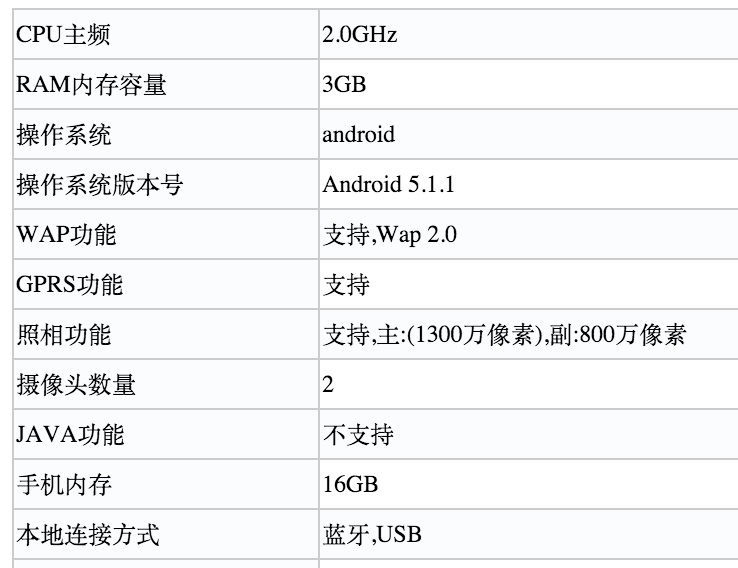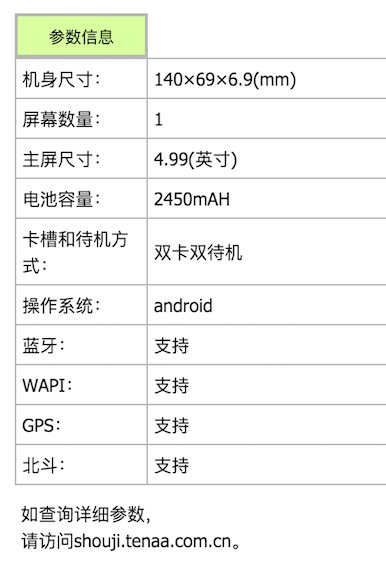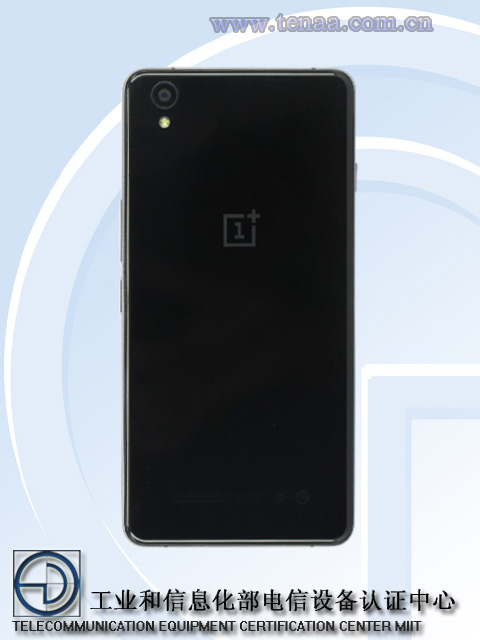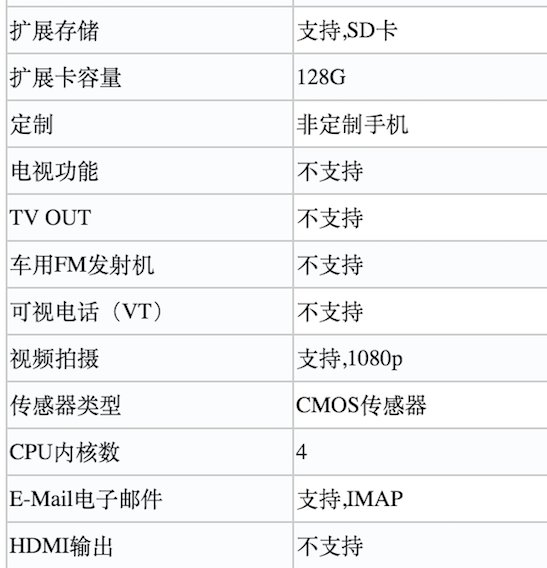OnePlus X / OnePlus Mini (One E1001) full exposure
After a long rumor, today we have got all the details on OnePlus X technical specifications. Earlier, it was spotted during FCC certification, and it was the first time when we saw the real face of OnePlus X (also known as OnePlus Mini). OnePlus X has passed certification via Tenaa, and it got listed with all of its tech specs. It is listed on Tenaa as One E1001 model number. We will tell you all.
Have a look at OnePlus X (OnePlus Mini)
They have used glass on the back like many other smartphones. Rear camera and LED flash is located at the top left corner. There is no Physical button, and nothing on the back except camera and flash, so don’t expect finger print sensor.
According to Tenaa certification detail OnePlus X (One E1001) features these technical specifications
Display : 5-inch OLED
Resolution : 1920 X 1080 pixels
RAM : 3GB
 Storage : 16GB ROM, expandable with MicroSD card up to 128GB
Storage : 16GB ROM, expandable with MicroSD card up to 128GB
OS : Android Lollipop 5.1.1
Primary Camera : 13-megapixel with LED flash
Secondary Camera : 8-megapixel
 CPU : Quad-core 2.0 GHz (probably snapdragon 801)
CPU : Quad-core 2.0 GHz (probably snapdragon 801)
Battery : 2450 mAh
Network : 2G/3G/4G
Well, we all expected OnePlus X (OnePlus Mini) to feature Mediatek Helio X10 Chipset, but they have done something unbelievable. Moving backward from 64-bit chip to 32-bit is not a good sign. We don’t think Helio X10 would have increased any production cost.
We were expecting OnePlus X announcement in the event held in Begaluru on 12 October, but they announced something else. Founder and CEO of OnePlus, Pete Lau announced open sale of OnePlus 2 via Amzon India for a limited time (no invite needed). He also announced to manufacture OnePlus smartphones in India in partnership with Foxconn.
However, they will soon announce OnePlus X as it is seems to be ready to hit stores passing all the certifications. We expect it to cost somewhere between $230 to $250. It may not have much demand like other models due to unexpected 32-bit chipset, but please note that Xiaomi Mi 4 features the same chip that is clocked at 2.5 GHz. It’s not a bad chip, but little old.


